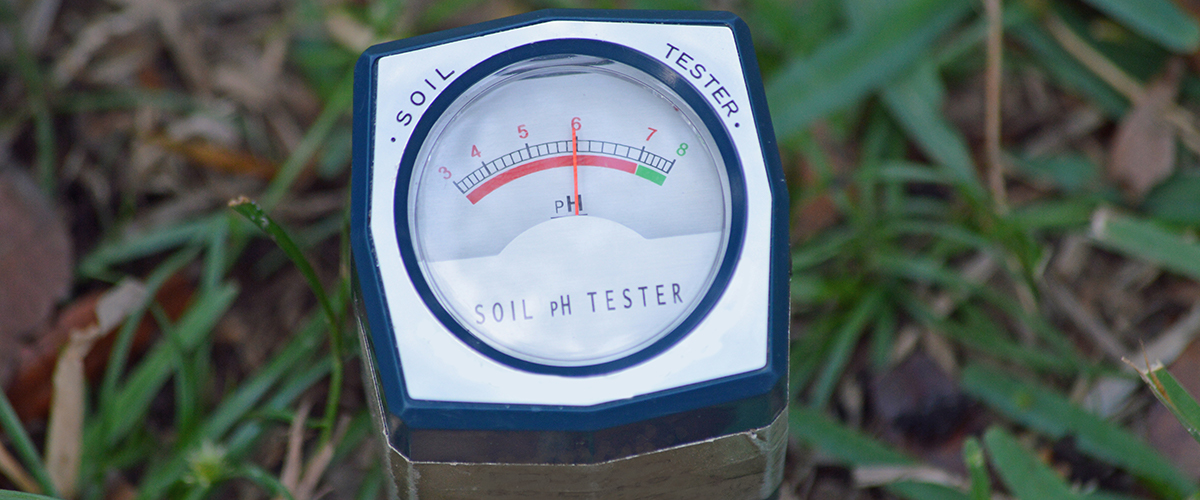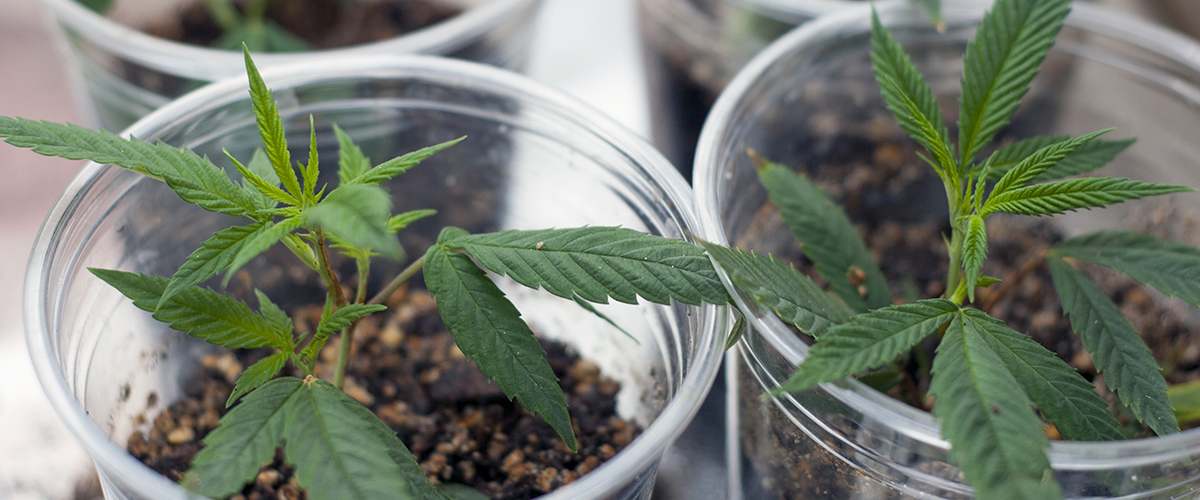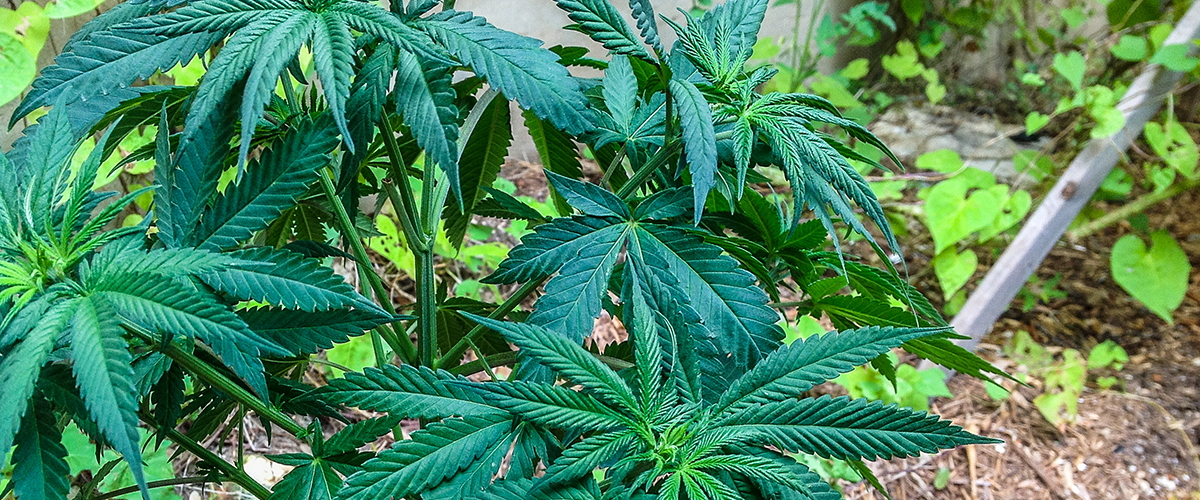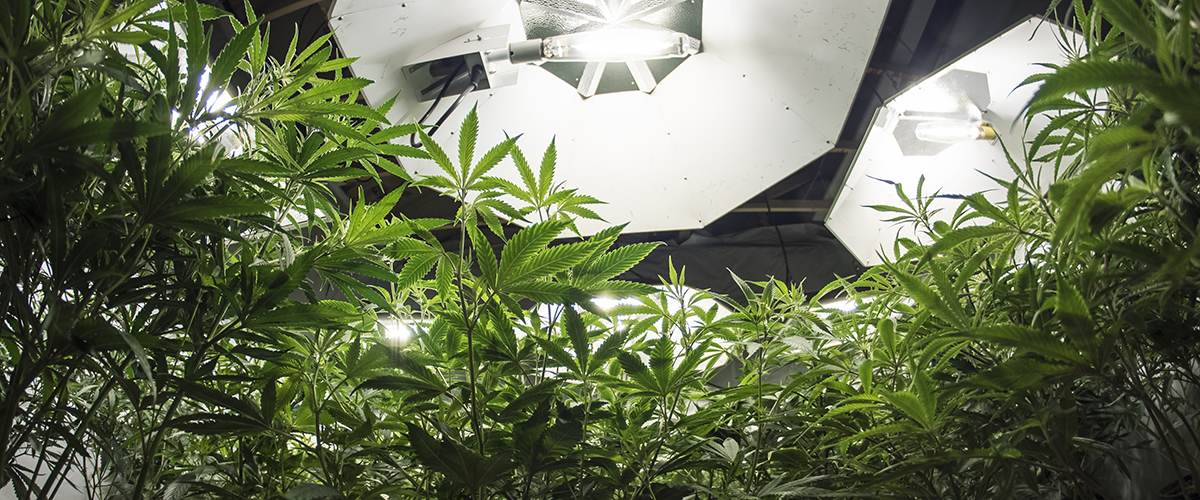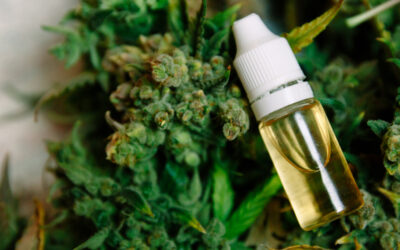Maintaining the proper pH of your cannabis plant’s growing medium and water can determine your plant’s ability to absorb nutrients and grow big, beautiful buds.
As with all plants, proper growing conditions help the cannabis plant to thrive. Keeping your marijuana plants growing in the ideal pH will boost plant size, flower production, and even the levels of valuable cannabinoids generated by the plant.
Today, we will be taking a look at soil and water pH and how proper cannabis pH affects the overall health and cannabinoid production of your plants.
What is pH?
When we are discussing pH, we are talking about a measure of acidity or alkalinity of water soluble substances (pH stands for ‘potential of Hydrogen’). The pH scale runs from 0 to 14, with lower numbers being acidic, higher numbers being alkaline, and 7 being the neutral middle point.
Each plant found in nature has its own pH identity, with some plants being more acidic and others being more alkaline. The water of different regions also has a pH identity that is determined by a variety of environmental factors. Finally, the soil of various regions will have a unique pH identity. Due to these fluctuations in pH based on plant, water, and soil types, it is important to test any plants you are growing to see if they are in the correct pH range. PH can be measured by testing kits or specially designed pocket sized digital testing pens.
Supplements added to your plant’s water, including ones that will raise and lower pH, help you dial in an ideal pH level. These products are available at most garden centers and from online grow shops. These pH affecting products are universal for gardening and can be used on almost all plants in your garden, not just your cannabis.
What is the Cannabis pH Value?
Keeping a correct pH in your cannabis plants’ grow environment helps prevent nutrient deficiency that can stunt growth and result in a lower yield of marijuana buds. The cannabis plant prefers a slightly acidic pH environment of about 6-6.5.
When the pH environment rises in alkalinity above 7.5, the roots of the cannabis plant are not able to consume the available iron, copper, zinc, and manganese in their vicinity. When the pH lowers into an acidity of less than 5, the roots are not able to access phosphoric acid, calcium, and magnesium because they lose their solubility.
Correct pH allows the cannabis plant to properly access nutrients in its soil in order to grow its best. When setting up your garden to grow cannabis, it is always best to conduct a simple test to determine the pH identity of the soil and water.
Improper pH can keep the plant from growing as healthy as it could be and can affect the ultimate levels of cannabinoids and terpenes in its flowers. Proper pH can also affect how large and how quickly the plant can grow.
If soil is alkaline, adding compost to the soil before the growing season will add nutrients and make the soil more acidic. The pH of soil can also be affected while the plant is growing using pH up and pH down products that are applied when watering your cannabis plants.
You can test the pH of both your water and soil using commercial pH tests to ensure your cannabis plants are in the best possible growing conditions.
- Add nutrients to the water that you will feed your plants.
- Test the water you will give your marijuana plants and adjust pH accordingly, aiming for a pH of 6.
- Water your marijuana plants.
- To also test the pH of soil, test early water runoff from soil after you water your maijuana plants.
If runoff pH is…
- in the right range, no changes or additional steps are needed.
- too low – provide next watering at pH 6.5 – 7
- Too high – provide next watering at pH 5 – 5.5
Influence of pH on Cannabis Quality?
Healthy, happy cannabis plants create the highest quality buds. When marijuana plants are able to absorb available nutrients in their soil, they can grow tall and strong and generate the high cannabinoid and terpene content you’re hoping for in your buds. This can be accomplished by keeping the soil and water with which they are grown within an ideal pH range for the cannabis plant.
When the pH of a marijuana plant’s growing conditions falls outside of its normal, ideal range and nutrient deficiency begins, you will begin to see signs that include yellowing of leaves, brown spots on leaves, and dropping of leaves. Plants suffering from nutrient deficiency can also be more susceptible to pests and disease and can experience reduced flowering.
If these problems persist, even when you have an ideal pH in your garden, then you may need to add nutrients like potassium, nitrogen, and more to your growth medium through a fertilizer.
Want to Learn More About Growing Your Own Marijuana?
Visit our Cannabis 101 page, where we outline some of the most important topics for those just starting out with marijuana, or you can visit our at-home grow guide here.
You can also make your own DIY cannabis concentrates using your homegrown cannabis plants. Here’s how.

